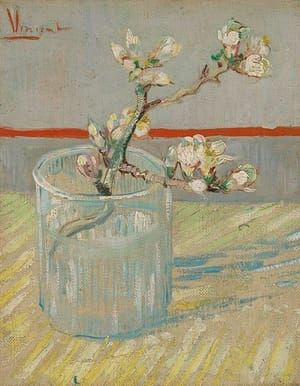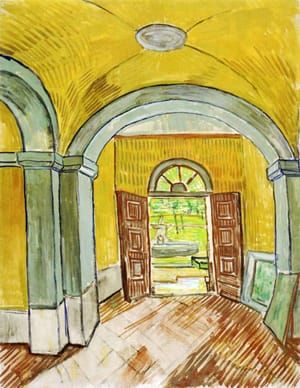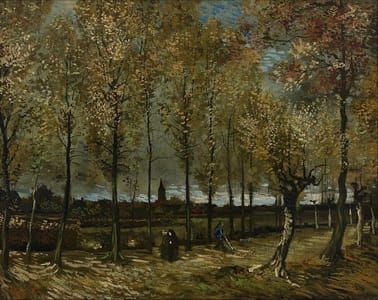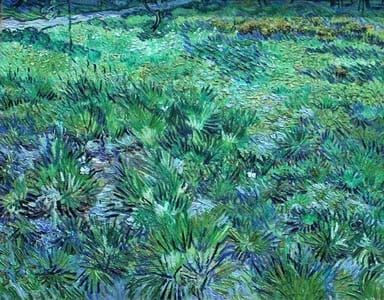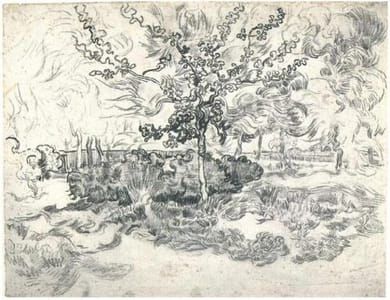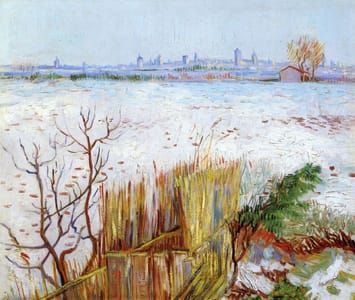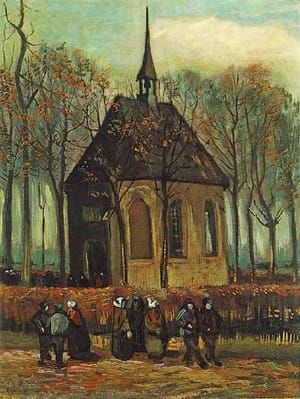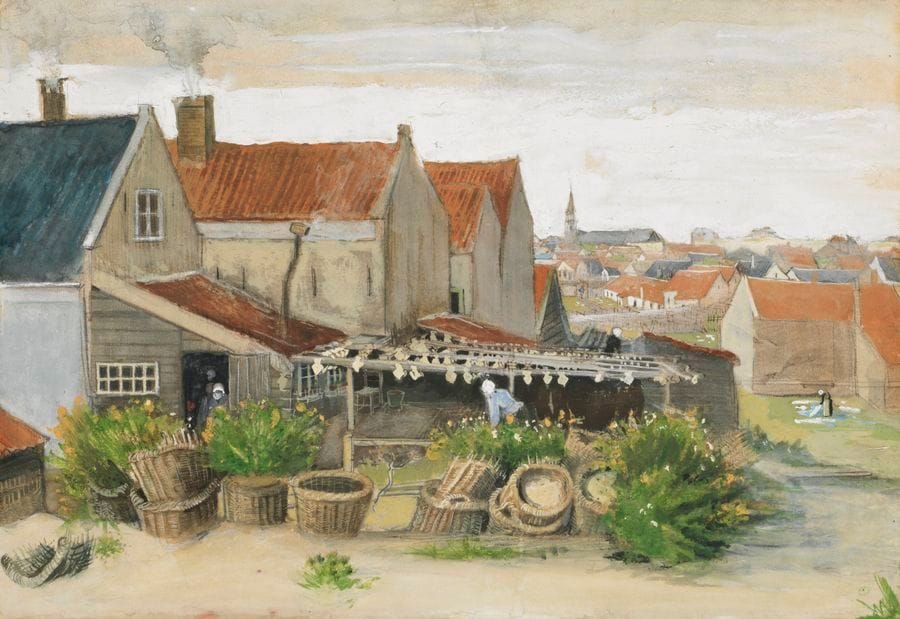

La Droguerie de Limandes, Scheveningen, 1882
Vincent van Gogh
Executed in July 1882.
Van Gogh’s meticulous depiction of Dutch peasant life in this beautiful composition demonstrates the artist’s technique at its finest. The scene takes place in Scheveningen, a district of the Hague where the artist had relocated only a few months earlier. In the catalogue for the 2005 drawings exhibition at the Metropolitan Museum, the present work is identified as one of four depictions that Van Gogh completed in the summer and autumn of 1882 of the fish-drying barn on Koklenwagenslag. The present version dates from July of that year, when the greenery of the landscape was at its peak.
Van Gogh had taken many walks through the fishing village of Scheveningen when he worked at Goupil’s gallery between 1869-73. The location offered several picturesque subjects that interested him from the start, but it was not until 1882 that he could return to the location and depict the activities of the local fisheries. In a letter to Theo dated July 26, Van Gogh discusses the present composition and his technical approach: “I have now made three of Scheveningen, again the fish drying barn, which you know – drawn as elaborately – but now there is color too. I am sure you know, Theo, that it is not more difficult to work in color than in black and white; indeed, perhaps the reverse, for as far as I can see, three-fourths of it depends on the original sketch, and almost the whole watercolor rests on its quality. It is not sufficient to give an à peu près; it was and is my aim to intensify it. In the black-and-white fish drying barn that is already apparent, I think, for in them you can follow everything and trace the composition of the whole. And look here, I think the reason for my working so much more easily in watercolors is that I have tried so hard and for such a long time to draw more correctly...When I returned to that fish drying barn, a wonderfully bright fresh green of turnips or rapes had sprouted in those baskets full of sand in the foreground which serve to prevent the sand from driving off the dunes. Two months ago everything was bare except the grass in the little garden, and now this rough, wild, luxuriant growth forms a very pretty effect in contrast to the bareness of the rest” (quoted in Vincent van Gogh: The Drawings, op. cit., p. 78).
For many of these depictions of The Hague, Van Gogh began with pencil, continued with pen and ink, and then applied washes of watercolor. The present work is a fine example of how he was able to harness the potential of this medium. Johannes van der Wolk has noted its importance in the artist's production throughout his life: “In fact, Van Gogh never entirely gave up painting in watercolor. He never became a watercolorist in the traditional sense of the term, however, for apart from a few excptions he preferred to use watercolor as his body colour rather than transparently. It seems that as a rule he liked to use watercolor as a means to color in a composition rather to build up a picture with it. Entirely in line with this somewhat aloof attitude towards the medium of watercolor, when making watercolor drawings, he was not only concerned with the technique itself, but particularly also with composition problems” (Johannes van der Wolk, Vincent van Gogh, Drawings (exhibition catalogue), Rijksmuseum Kröller-Müller, Otterlo, 1990, p. 69).
(http://www.sothebys.com/en/auctions/ecatalogue/2014/impressionist-modern-art-evening-sale-n09219/lot.56.html)
Uploaded on Aug 4, 2017 by Suzan Hamer
Vincent van Gogh
artistArthur
Wait what?


